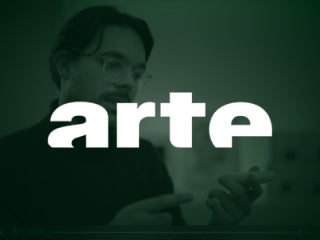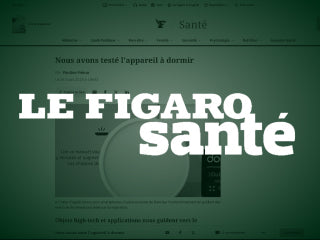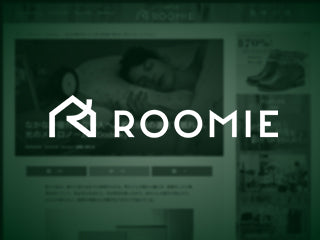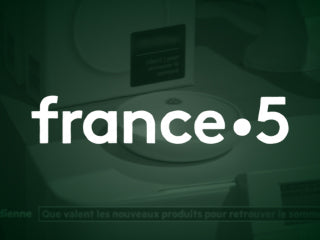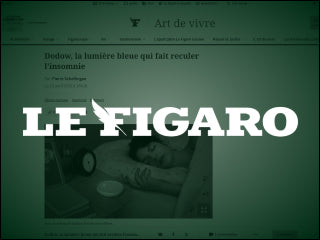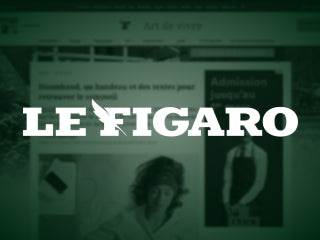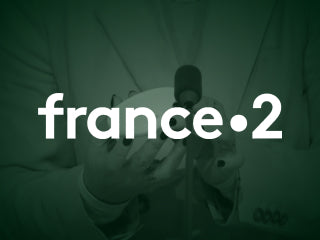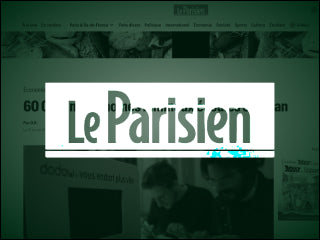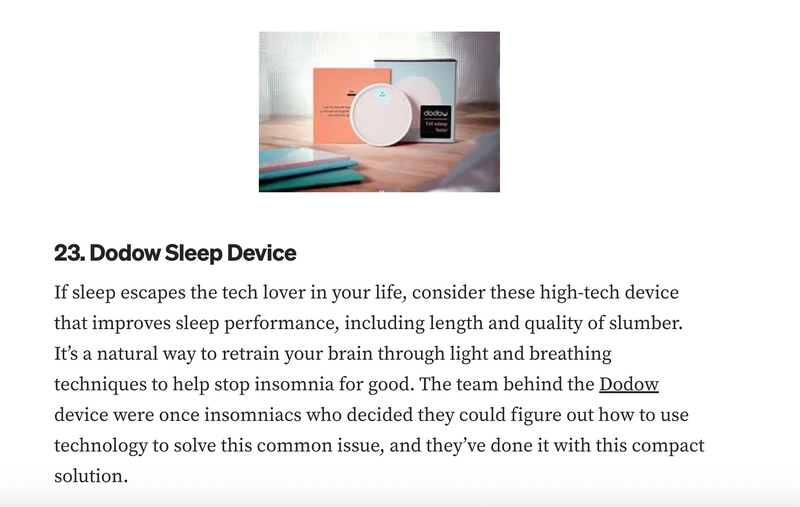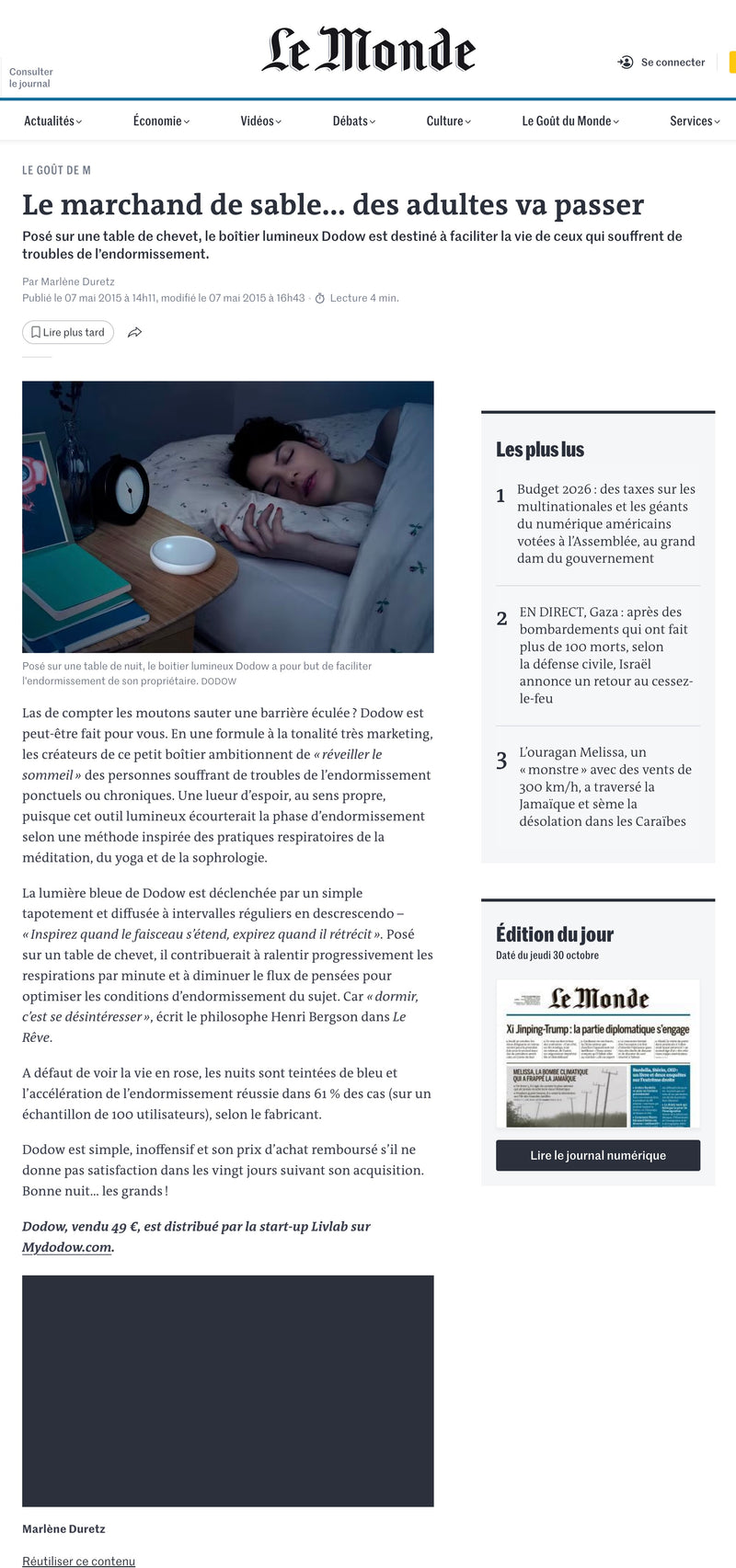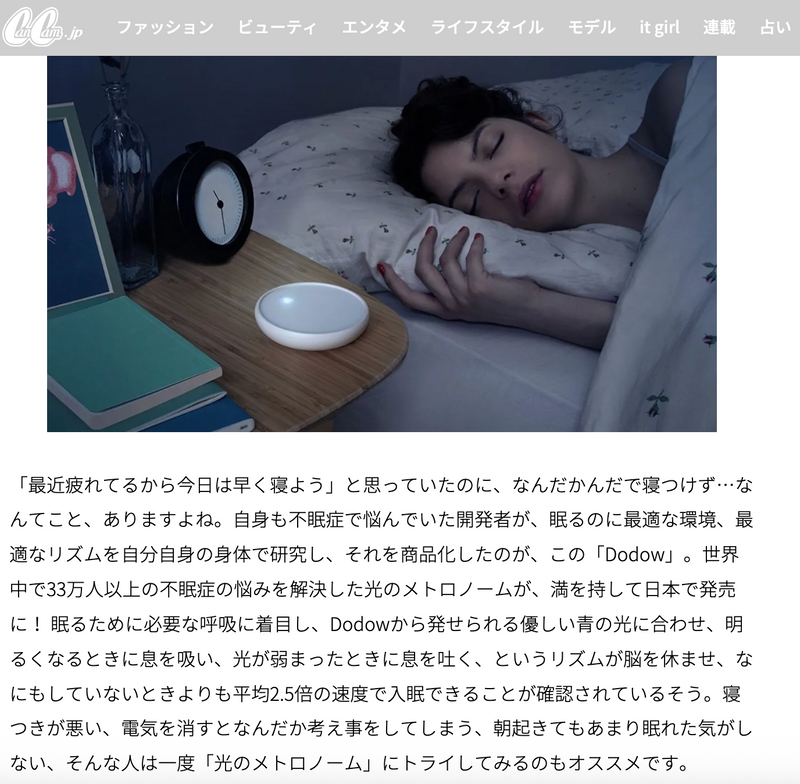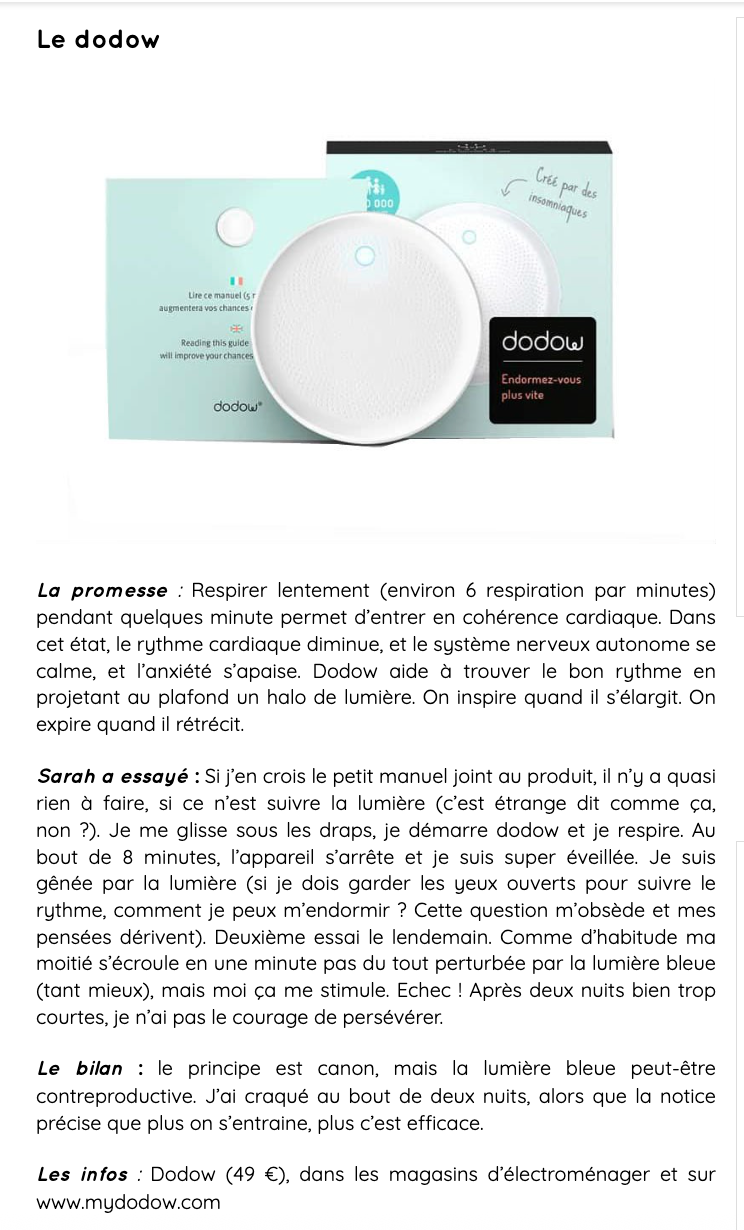"It's a little favorite, Dodow is not a connected device, you just have to place it like that on its case and on top of that it's a French creation! It also works for children and for anyone."

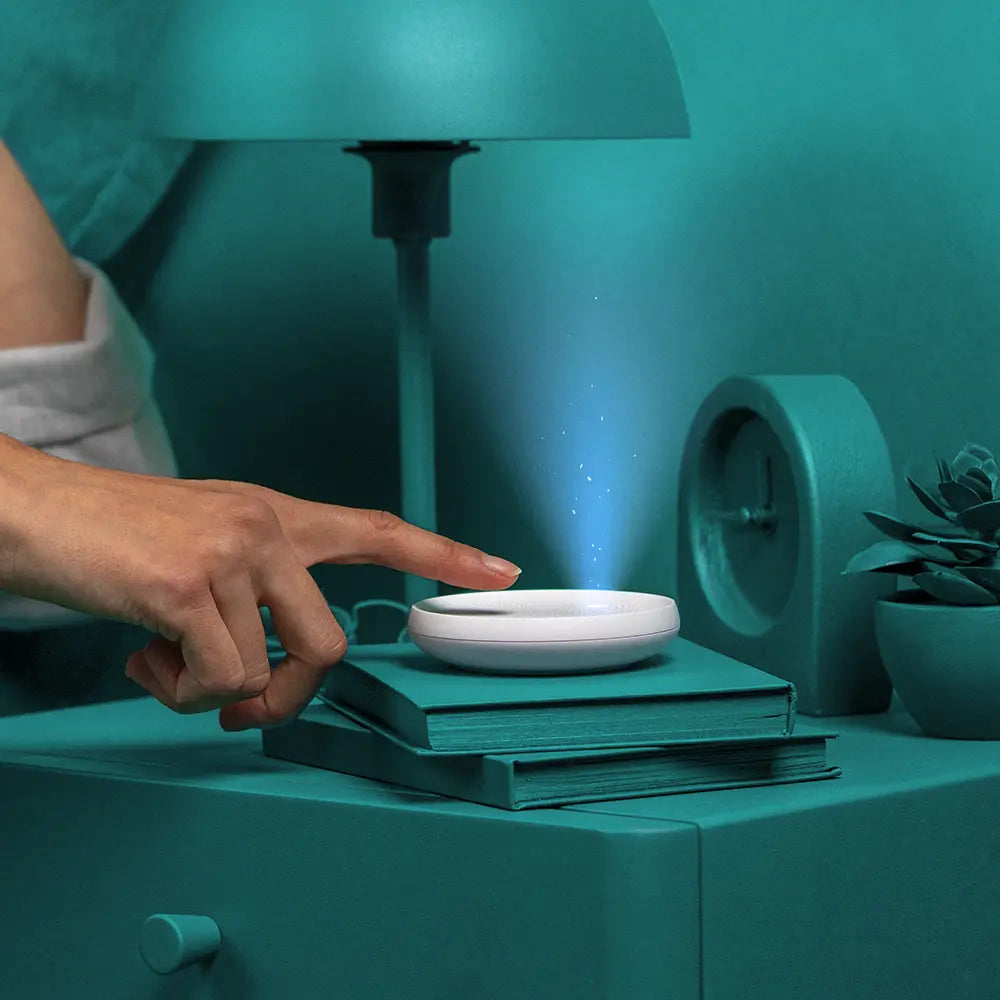
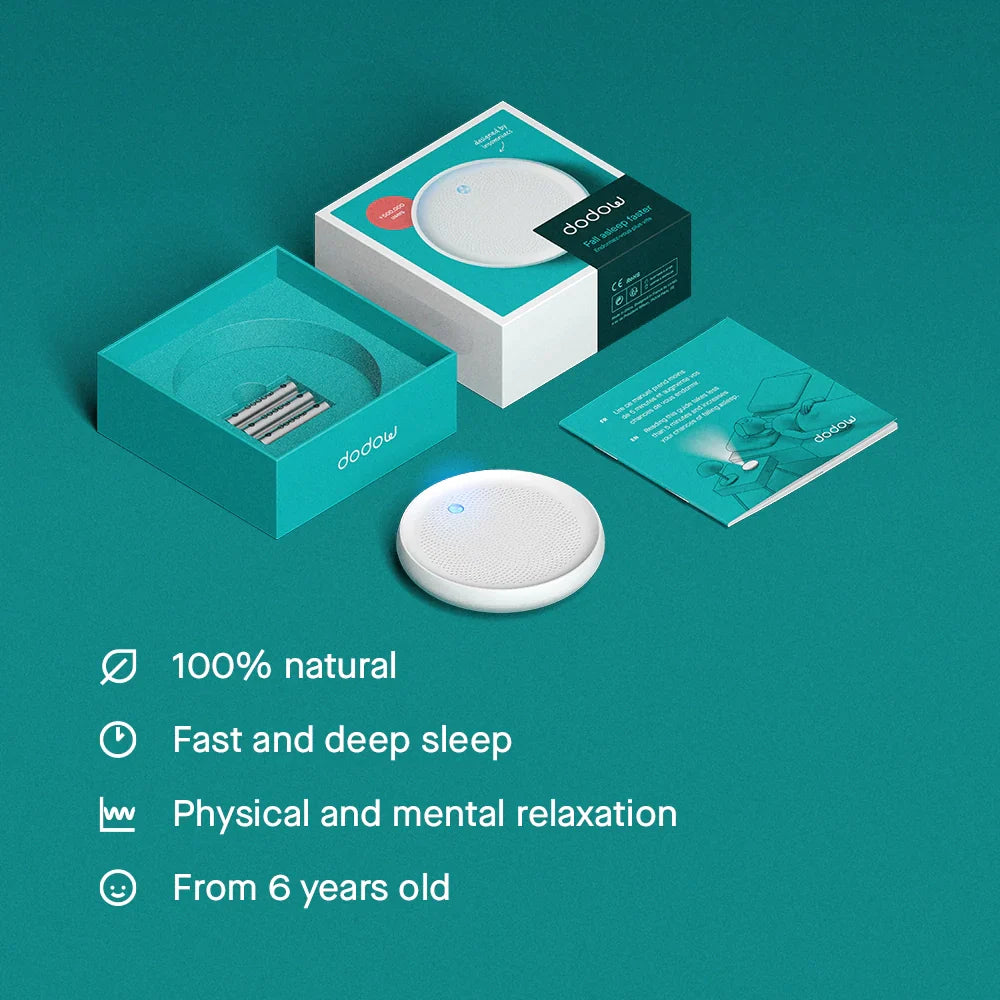

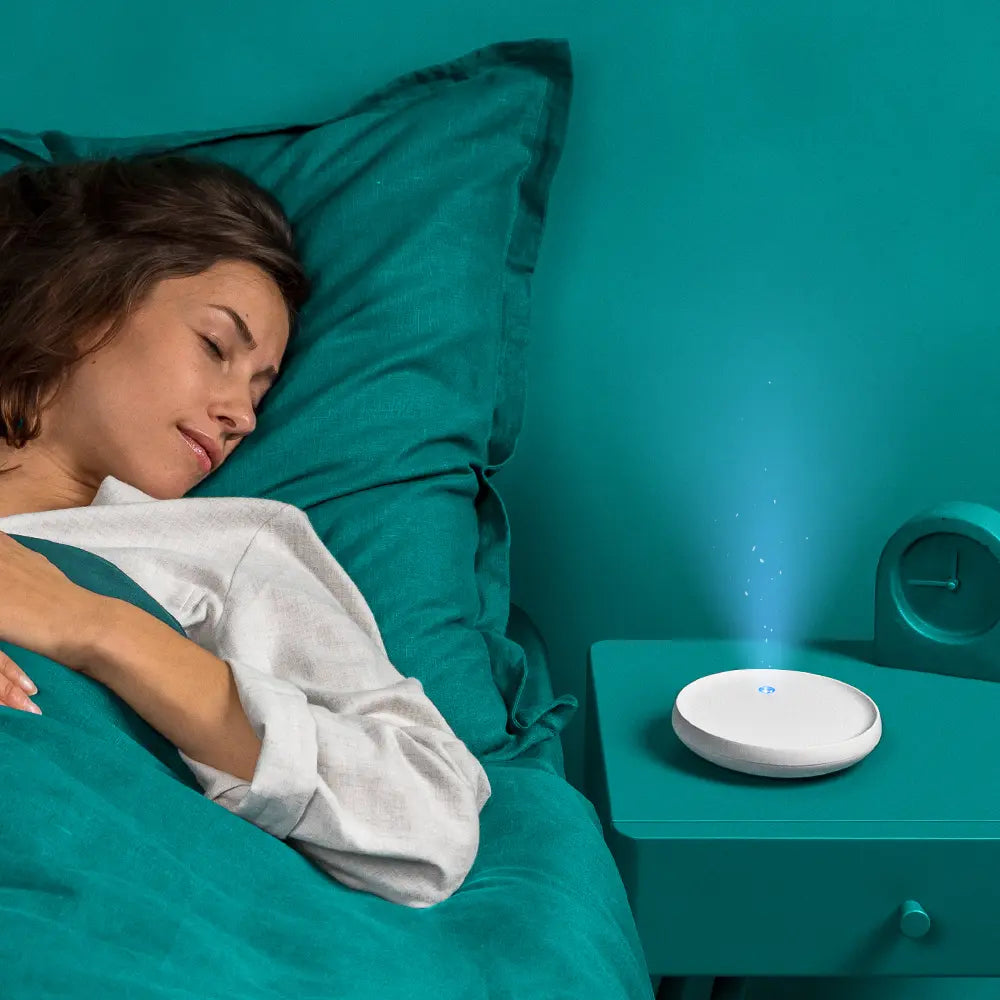
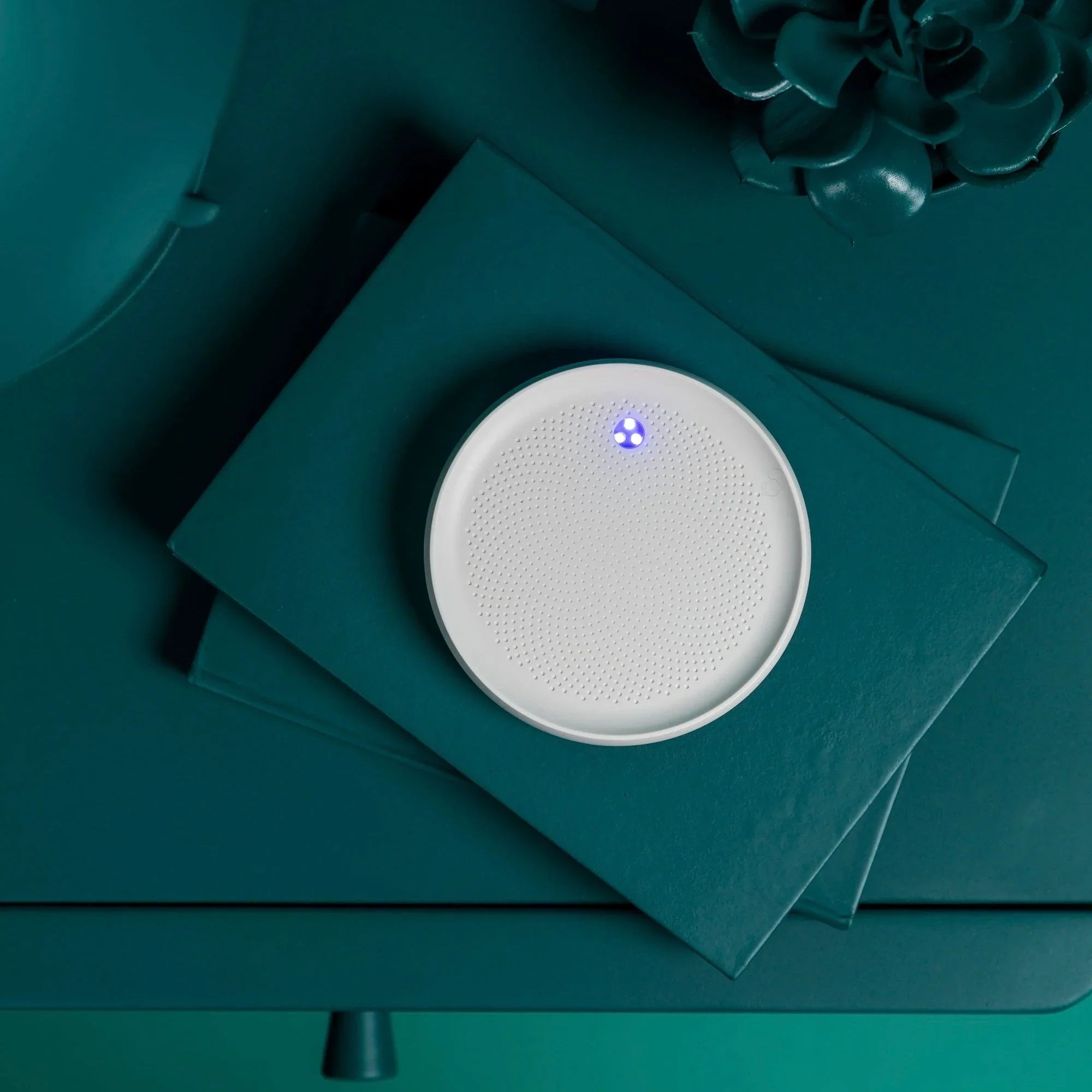
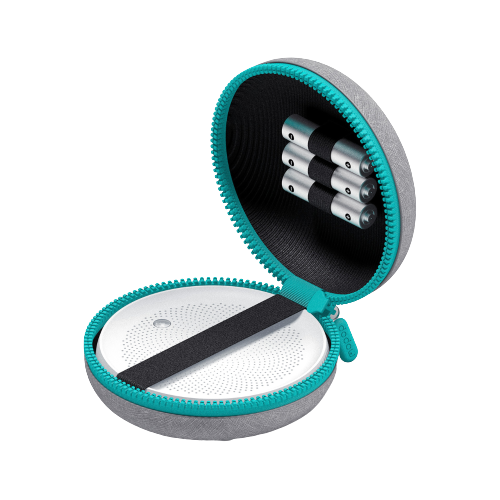
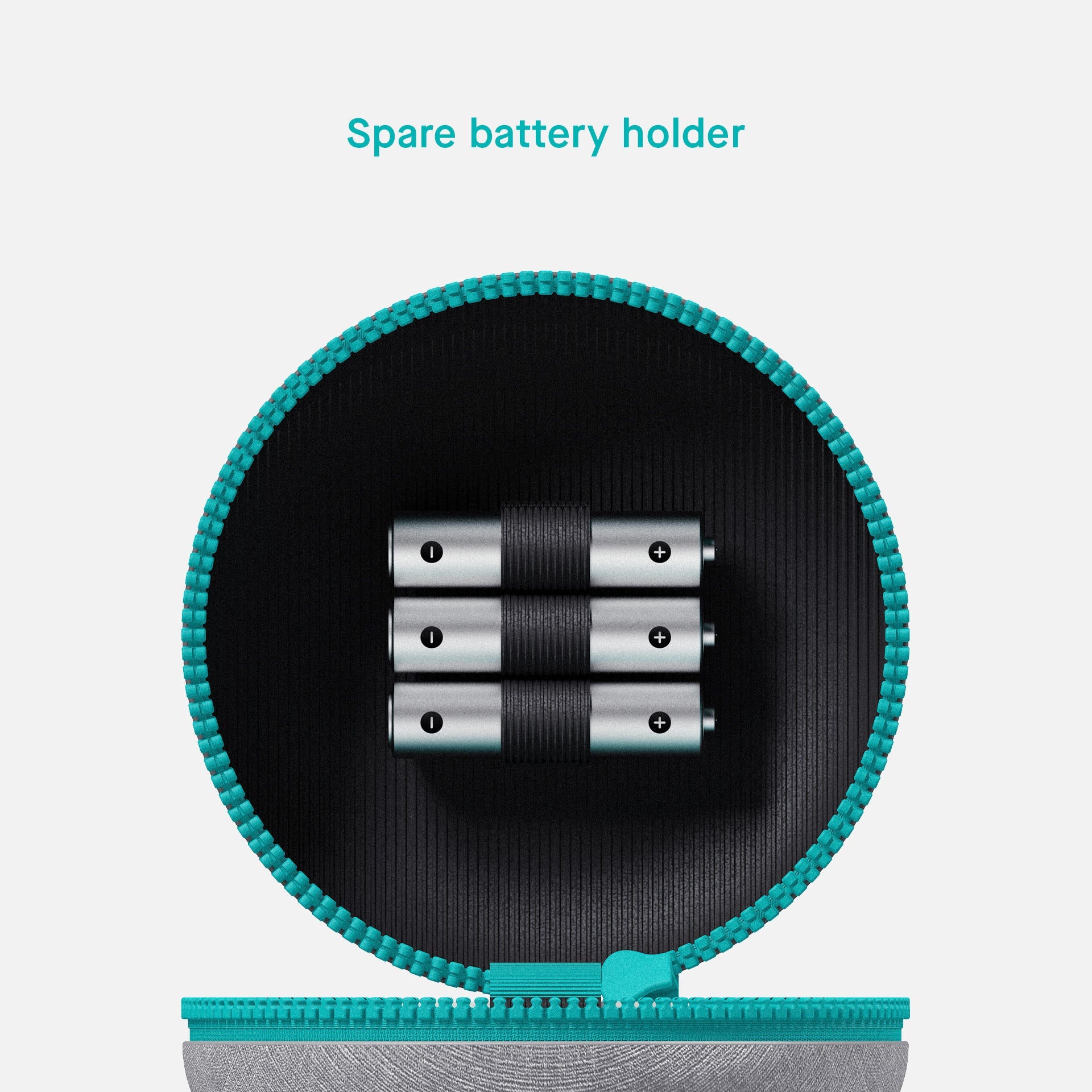
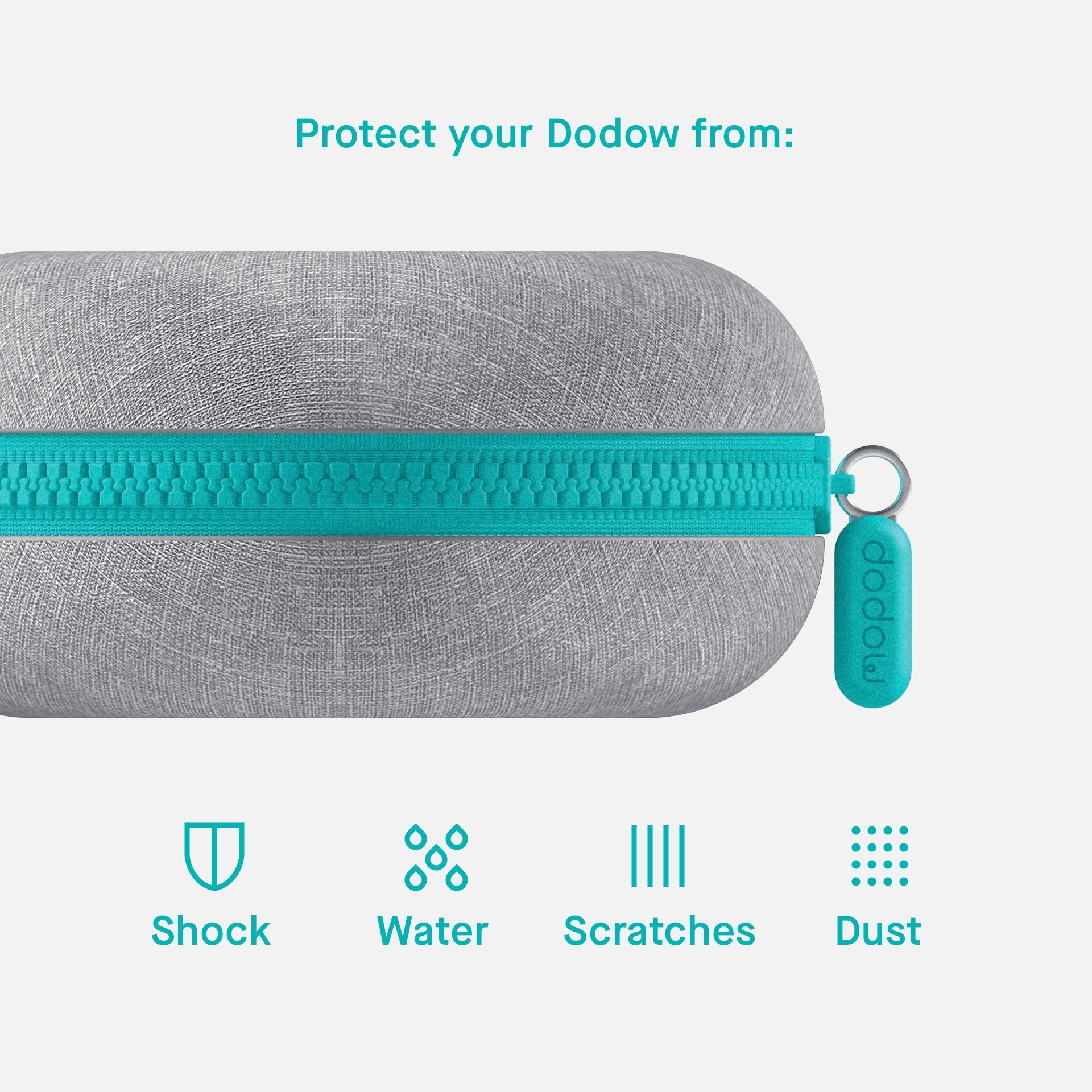

Dr David O’Hare
Specialist doctor in cardiac coherence
""

Mireille Barreau
Sophrologist and stress management advisor
" "
FAQs
Why do I need Dodow?
Will Dodow disturb my partner?
Why blue light?
The blue color was chosen after many tests, based on the generally accepted perception that blue is calming. High doses of blue light can help wake you up by inhibiting melatonin secretion, but this is not the case with Dodow. Being projected onto the ceiling, the light signal, at its maximum intensity and for someone lying in bed, has a very low intensity (less than 1 lux) compared to the relatively strong intensity of a computer or television screen (about 60 lux at a distance of 50cm). Moreover, the exposure time (between 8 and 20 minutes) is short. The impact of Dodow on the circadian rhythm is therefore almost nil or at least far too weak to delay falling asleep and counterbalance the positive effects described above. The light halo is therefore actually more akin to color than to light.
Does Dodow also work for jet lag?
Dodow works very well for jet lag or irregular sleep phases. Dodow is also used by Air France flight crew with whom we have formed a partnership. There are 50,000 flight attendants traveling around the world.
I am mostly stressed, can Dodow help me?
Yes, by breathing long enough at the Dodow rhythm (6 breaths per minute), you will stimulate the baroreflex, a small physiological mechanism that helps restore the balance of the autonomic nervous system. Thus, you will quickly move from the alert state (activation of the sympathetic nervous system) to the resting state (activation of the parasympathetic nervous system), the same state you are in during digestion: slightly drowsy. In this state, you will be much less sensitive to your stress, your metabolism will slow down, the secretion of neurotransmitters that kept you awake will have stopped, and sleep will be very close. Moreover, by focusing on the halo projected by Dodow on the ceiling, you will divert your thoughts. Some people try to "force" sleep: by trying to fall asleep at all costs, they create stress that prevents them from falling asleep. By keeping your eyes open to follow the light pulse, you no longer try to fall asleep and paradoxically, you increase your chances of finding sleep. In psychology, this is called paradoxical intention; scientific studies have shown its usefulness in treating sleep onset disorders.
Can Dodow help me fall back asleep if I wake up in the middle of the night?
Yes, by breathing long enough at the Dodow rhythm (6 breaths per minute), you will stimulate the baroreflex, a small physiological mechanism that helps restore the balance of the autonomic nervous system. Thus, you will quickly move from the alert state (activation of the sympathetic nervous system) to the resting state (activation of the parasympathetic nervous system), the same state you are in during digestion: slightly drowsy. In this state, you will be much less sensitive to your stress, your metabolism will slow down, the secretion of neurotransmitters that kept you awake will have stopped, and sleep will be very close. Moreover, by focusing on the halo projected by Dodow on the ceiling, you will divert your thoughts. Some people try to "force" sleep: by trying to fall asleep at all costs, they create stress that prevents them from falling asleep. By keeping your eyes open to follow the light pulse, you no longer try to fall asleep and paradoxically, you increase your chances of finding sleep. In psychology, this is called paradoxical intention; scientific studies have shown its usefulness in treating sleep onset disorders.
Is Dodow suitable for children and elderly people?
Yes, we have many testimonials on this subject (we encourage you to browse them). The breathing exercise proposed by Dodow is very simple and is done progressively, gently. Dodow is particularly well suited for people who are afraid of the dark (many among children and elderly people). Dodow can be used from 6 years old.
How long would Dodow allow me to fall asleep?
Results may vary between individuals, but most people will fall asleep easily within the first 20 minutes, many even falling asleep before the end of the 8-minute cycle. Our users tell us they fall asleep 2.5 times faster (on average) thanks to Dodow. And don't forget, the more you use Dodow, the more you can expect good results, or even no longer need it.
What if Dodow doesn't work for me?
You have 100 days to test Dodow, if you are not satisfied, we will refund you.
Does the Dodow turn off by itself?
Yes, of course Dodow turns off by itself at the end of the exercise, 8 minutes or 20 minutes depending on your choice.
















